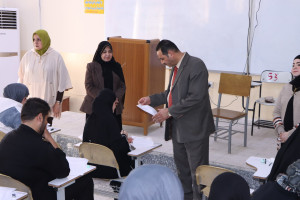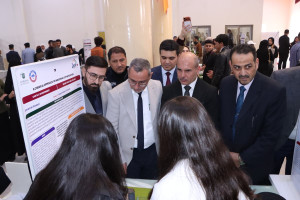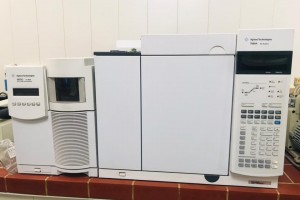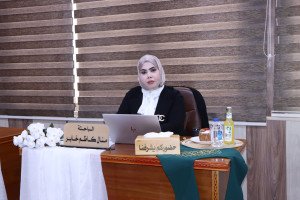
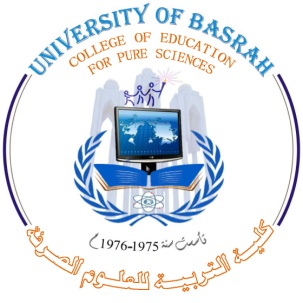
|
THE ELECTRONIC APPLICATIONS OF POLYMERIC AND NON-POLYMERIC MATERIALS LAB. SUPERVISORS (1) PROF.Dr .KHALID. I. AJEEL (2) PROF.Dr. HUSSEIN .F. HUSSEIN
|
The Electronic applications of polymeric and non-polymeric materials lab.is considered
As one of the most important lab. In college of Education for pure science. Since it has many systems and apparatus for the development of applied physics knowledge through our educational systems at all levels( Under graduate and postgraduate students).As well as there are many analytical and research tools using to synthesis and studying the electrical , optical and dielectric properties of different materials science relating to polymeric and non- polymeric materials. The electronic applications included:-
(1) Fabrication of organic and non-organic solar cells.
(2) Fabrication of FET from the organic and non –organic materials.
(3) Fabrication of optical,electrical and gases sensors.
(4) Studying the characteristics of diodes such as photodiode,LEDdiode and
schotky diode.
(5) Fabrication of capacitors and resistances.
SYSTEMS and APPARATUS
There are many systems and apparatus in lab.as wellas the research tools for B.Sc.
Under gradute projects and for an MSc.and Ph.D postgraduate students.
These are as following:-
(1) The Vacuum Evaporation Systems:-
The evaporation technique is widely used to deposit metals,ceramics and alloys onto substrates for many applications under high vacuum 10 -6 torr. As well as it used to deposit metal electrodes such as aluminium ,silver, copper …etc. for electrical and electronic properties measurements.It consists of three major components( pumping system,base plate and electrical system which incorporates the auto controller) as well as the cooler system as shown in the figure.
(2) Spin coating
Spin coating (TC100 spin coater) is aprocedure used to deposit uniform polymer thin films on flat substrates and it includes two separated units as shown in figure(2).
(a) A bench top spinner unit.
(b) A separate control unit. Control unit consists,the simple key and menu structure
Used to set the following parameters:-
1- Number of spin periods from 1 to 8 sec.
2- Start and stop delay periods from 1 to 100 sec.
3- Spin speed from 500 to 5000rpm.
4- Spin periods from 0 to 999 sec.
The process of spin coating was made by four steps as following:-
The first step:- is the deposition of polymer solvent onto substrate by using amicropipette.
The second step:- is accelerate the substrate up to its final,desired rotation speed while the polymer fluid spines off the edges of the substrate until fluid thin enough.
The third step:- is spinning the substrate at a constant rate and the fluid viscous forces will dominate the fluid thinning which characterized by gradual fluid thinning.
The forth step:- is a continue spinning at a constant rate and solvent evaporation will dominate the coating thinning behavior.
generate a solid film and these processes ocuur simultaneously.
(3) UV-Spectrophotometer:-
Its widely used in organic synthesis and polymer science to provide information about structure. One of the simplest and most direct techniques to explore the band structure of materials is given by UV-Visible spectrophotometer to compute the absorbance and Transmittance beam through the samples as shown in the figure.
(4) There are many other tools in the lab. Such as oven used to heat the samples ,
Sensitive balance and sputtering deposition used to deposit any solid materials on
Different substrates.
(5) The lab.need some analytical systems and some measurement systems for
Postgraduate student (M.Sc. and PhD) such as:-
1-Ellipsometry Spectroscopic.
2- Scanning Electron microscope (SEM).
3- FT-IR Spectroscopy.
4- X-Ray diffraction(XRD).
5- Atomic Force Microscopy(AFM).
Postgraduate student (M.Sc. and PhD)
There are more than 40 Postgraduate student (M.Sc. and PhD) working in this lab.
As well as many under graduate student doing their final year project in this lab.

